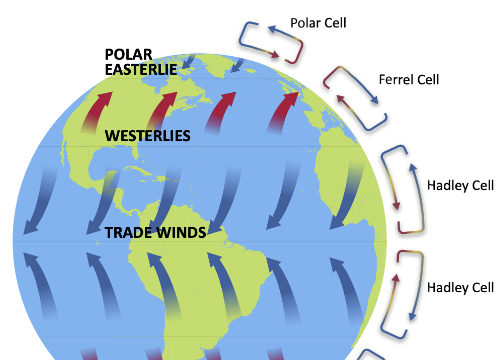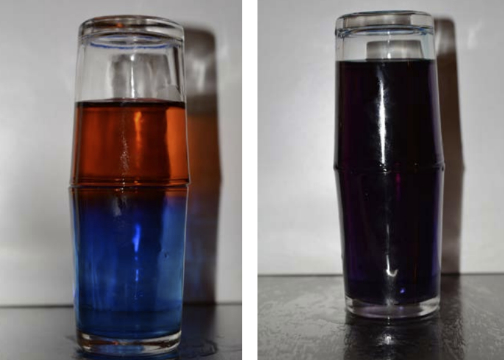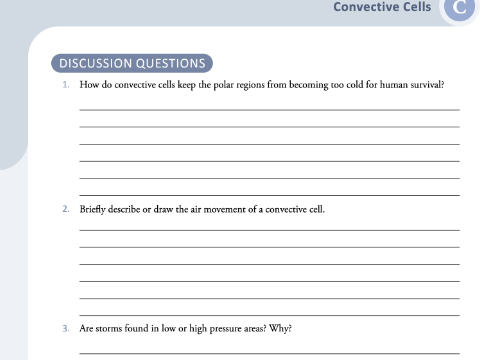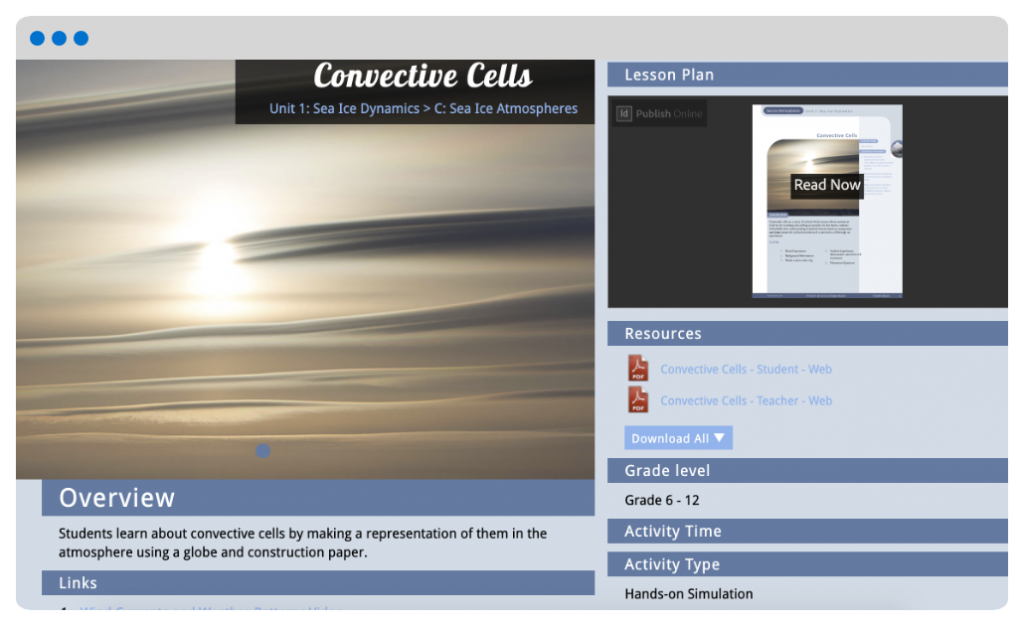Overview
In this lesson developed by the Arctic Eider Society, students solidify their understanding of particle density based on temperature and demonstrate the cyclical movement of a convective cell through an experiment.
1. Convective Cells
Students learn that warm air rises higher in the troposphere, and goes down as it cools. This cyclical current is called a convective cell.

2. Experiment
Using water and food colouring, students can visualize how warm and cool bodies of water interact in a similar way to convective cells.

3. Transfer Questions
A set of questions help students further their reflection and transfer their learning into application situations.

Resources

